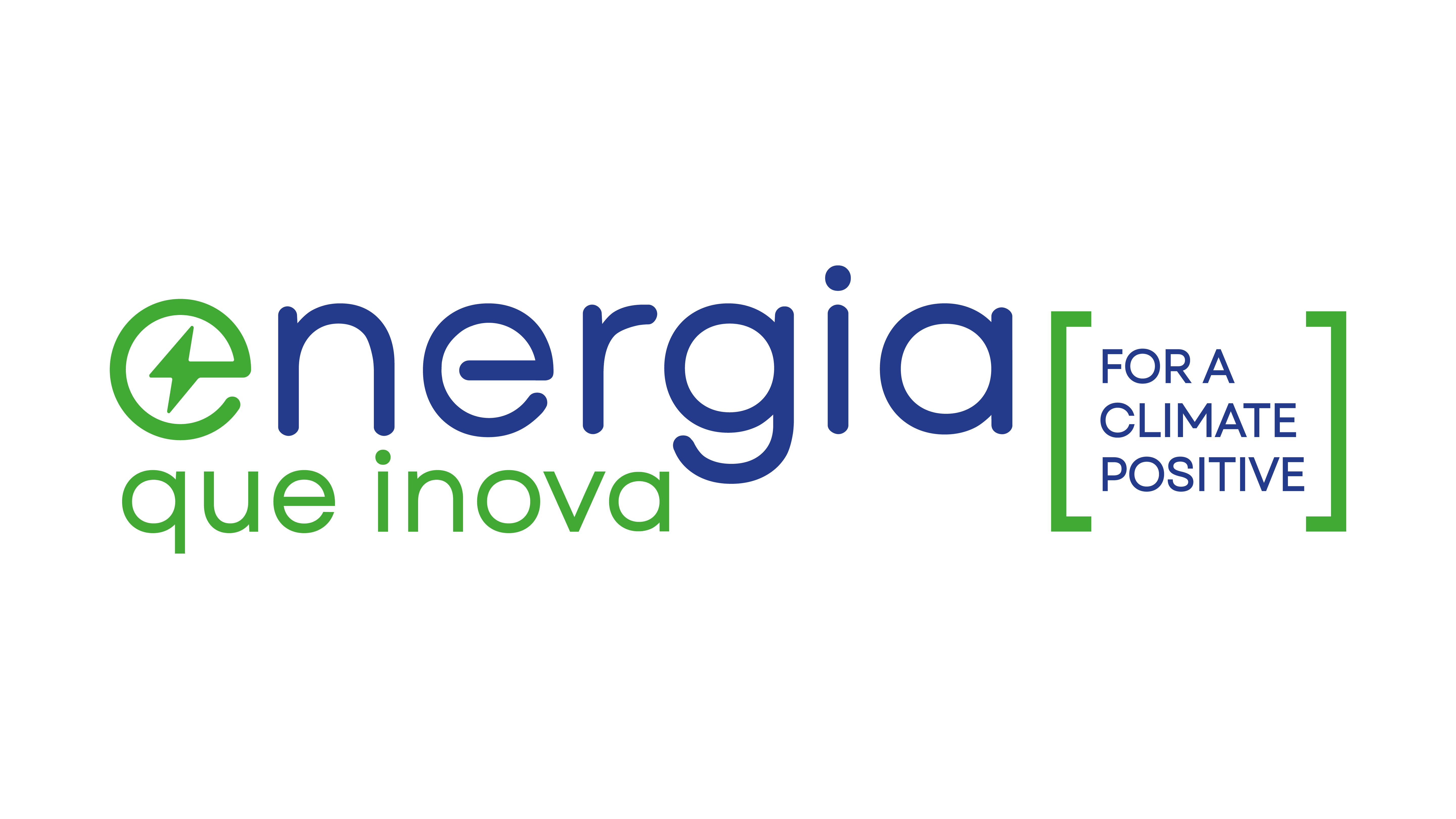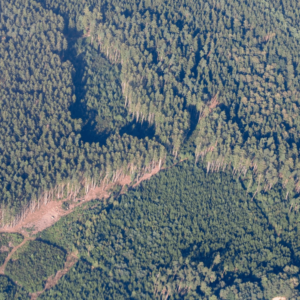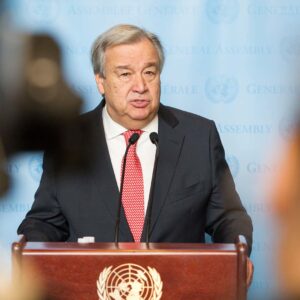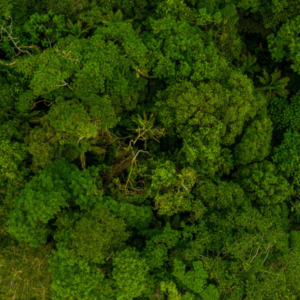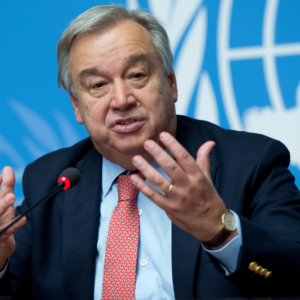The Japan Wind Power Association (JWPA), the governing body for wind power in Japan, has set a bold target to increase wind power capacity to 140 gigawatts (GW) by 2050, from a current capacity of less than 5 GW. This target aims to meet approximately one-third of the country's electricity demand and contribute to the carbon neutrality target established for 2050.
The expansion of offshore wind will be critical to achieving these goals, although the sector has faced some challenges and delays. The government's target of reaching up to 45 GW of offshore wind power capacity by 2040 may seem less ambitious compared to the new targets set by the JWPA.
The JWPA's determination towards a target of 140 GW reflects Japan's commitment to drive wind energy expansion and achieve a more sustainable energy transition. wind energy offshore it has a significant potential to reduce carbon emissions and contribute to the fulfillment of the carbon neutrality goals established by the country.
wind energy offshore refers to the generation of electricity from wind turbines located in marine areas, such as the ocean or large lakes. Unlike land turbines, wind turbines offshore they are installed in structures fixed to the bottom of the sea or floating, taking advantage of the more constant and stronger winds found in these areas.
wind energy offshore offers several advantages over onshore wind energy. Offshore winds are generally stronger and more constant, which results in greater electricity generation. In addition, wind turbines are generally larger and can be installed farther from shore, reducing visual and sound impacts for nearby communities. In a significant milestone for Japan, the country's first large-scale offshore wind farm entered commercial service in the year 2022. This achievement represents an important step in the expansion of wind energy in the country, driving the transition to renewable sources and sustainable. The Japanese government has set an ambitious target for wind capacity, aiming to reach 10 gigawatts (GW) by 2030 and between 30 and 45 GW by 2040. These targets reflect Japan's commitment to increase its offshore wind power capacity, contributing to the reduction carbon emissions and building a cleaner and more sustainable future. Each is almost 152 meters with blades measuring approximately 61 meters.
The JWPA said that Japan, the fifth largest emitter of carbon dioxide (CO2) in the world, should increase its wind power capacity offshore to 100 gigawatts (GW) by 2050 to help reduce emissions.
At the end of 2022, Japan had less than 5 GW of installed wind energy capacity, of which only 0.14 GW came from sources offshore. To achieve its ambition to reduce CO2 emissions, Japan recognizes the need for a significant increase in wind power capacity. offshore. This investment in the expansion of wind power will play a crucial role in the transition to a cleaner and more sustainable energy matrix, contributing to the carbon neutrality goal established for the country.
